When it comes to survival in the wild, animals have evolved remarkable strategies to outsmart predators and prey alike. Among these extraordinary adaptations, few are as clever or disturbing as the hunting technique employed by the Iranian spider-tailed viper (Pseudocerastes urarachnoides). This remarkable reptile has developed one of the most sophisticated forms of aggressive mimicry in the animal kingdom—a specialized tail that remarkably resembles a struggling bird or spider. By luring unsuspecting birds within striking distance, this snake demonstrates nature’s incredible capacity for deception. Let’s explore this fascinating example of evolutionary adaptation and the extraordinary lengths to which predators will go to secure their next meal.
Discovery of the Bird-Mimicking Viper

While reports of a strange viper with an unusual tail had circulated for decades, the Iranian spider-tailed viper was only formally described by science in 2006. The species was discovered in the western Iranian province of Kermanshah, making it one of the more recently documented venomous snakes. Prior to its official classification, local accounts of a snake with a “moving tail” were often dismissed as folklore or exaggeration. The scientific community was stunned when researchers finally confirmed the existence of this remarkable creature, whose specialized tail structure had no close parallel among other known snake species. This discovery highlighted how even in the modern era, nature still holds incredible secrets waiting to be uncovered.
Physical Characteristics and Habitat
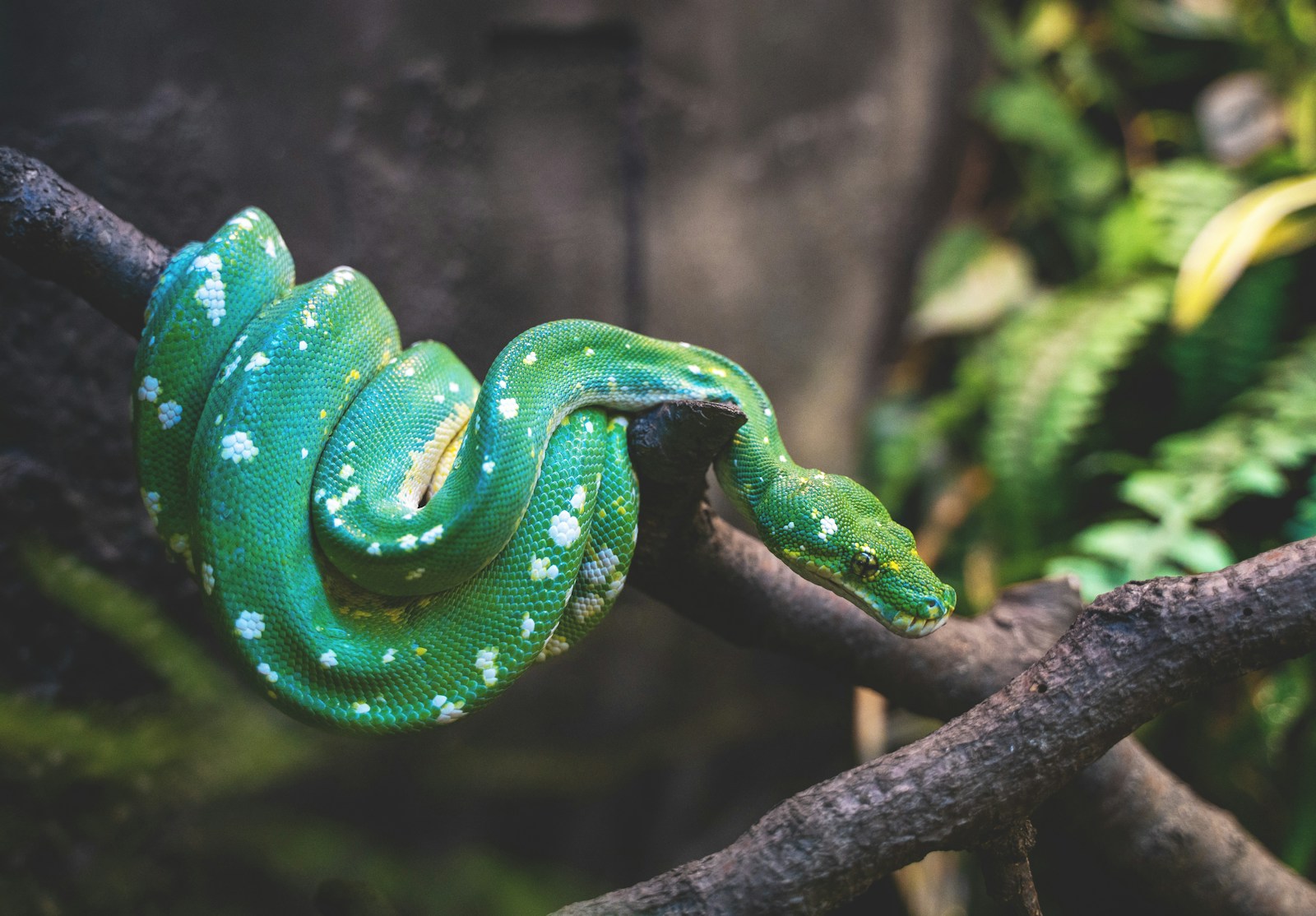
The Iranian spider-tailed viper typically grows to about 50-80 centimeters (20-31 inches) in length, with a stout body covered in keeled scales that create a rough, textured appearance. Its coloration primarily consists of various brown and beige patterns that blend perfectly with its rocky desert habitat in western Iran. The snake’s most distinctive feature is, of course, its specialized tail, which bears an enlarged bulbous tip adorned with elongated scales that remarkably resemble spider legs or the wings and body of a small bird. The viper inhabits arid, rocky mountainous regions between 1,000-1,500 meters above sea level, where vegetation is sparse and the landscape provides numerous crevices and shelters. These harsh conditions have likely contributed to the development of its unique hunting strategy, as conventional ambush methods might be less effective in such open terrain.
The Remarkable Tail Structure

The tail of the Iranian spider-tailed viper represents one of the most specialized anatomical adaptations found in reptiles. Unlike the gradually tapering tails of most snakes, this viper’s tail ends in a bulbous structure covered with elongated scales that fan out from a central point. These specialized scales have evolved to visually mimic the appearance of a small bird or spider, complete with what looks like wings, legs, and even a tiny body. The scales near the tip are significantly longer than those on the rest of the body and possess a different texture and appearance. Most remarkably, the tail’s structure includes small protuberances that create the illusion of a bird’s eyes and beak when viewed from certain angles. This complex morphological adaptation demonstrates the incredible specificity with which natural selection can shape physical features to serve highly specialized functions.
The Deadly Lure in Action
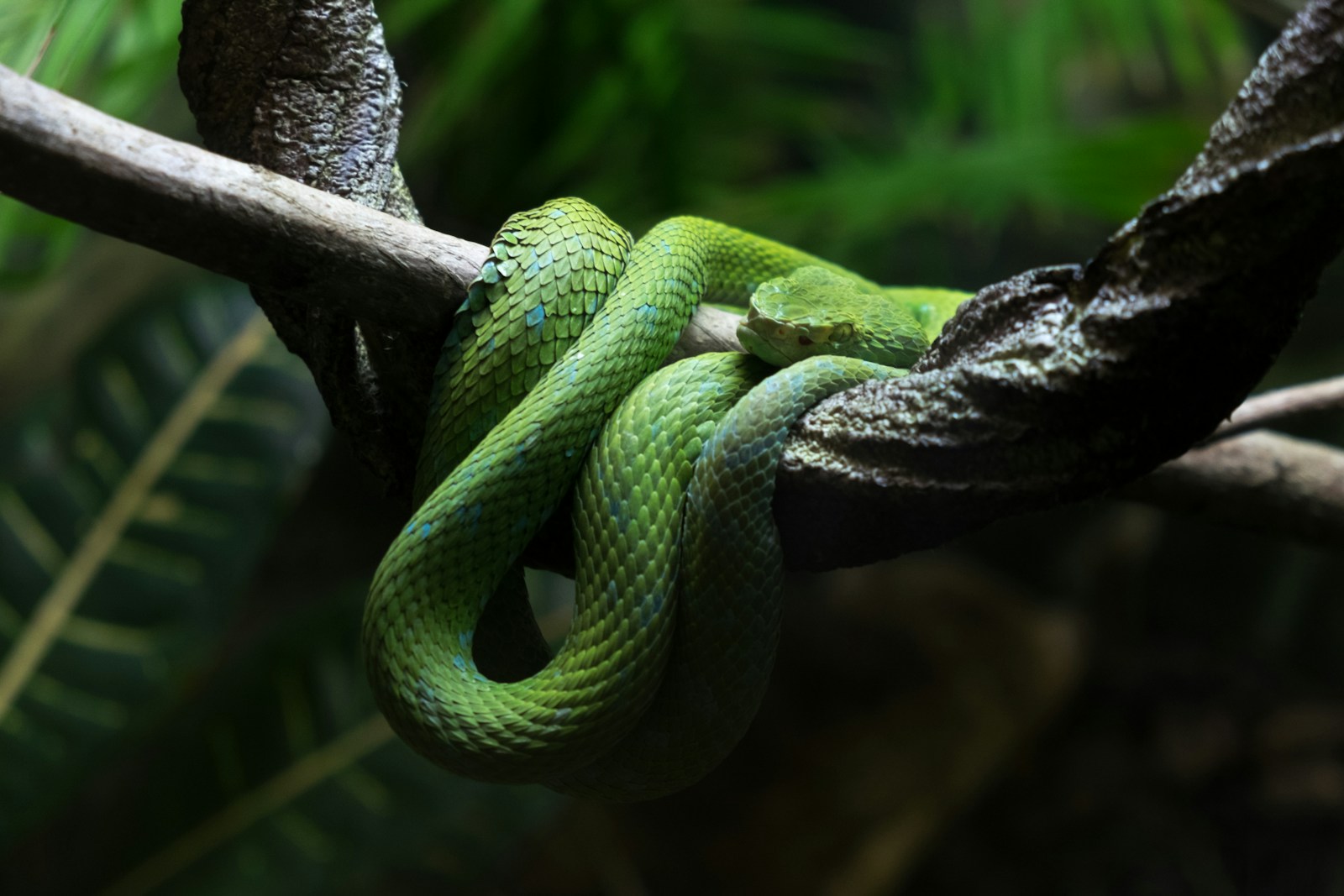
When hunting, the Iranian spider-tailed viper positions itself strategically among rocks with its body concealed and only its specialized tail visible. The snake then performs an astonishing behavioral display, moving its tail in precise patterns that mimic the movements of a struggling small bird or spider. The rhythmic, twitching motion creates a convincing illusion of a vulnerable prey animal, particularly to passing birds that might see it as an easy meal. When a curious bird approaches to investigate what appears to be a struggling creature, the viper strikes with lightning speed, injecting powerful venom. High-speed video recordings of this behavior have shown that the snake can maintain this deceptive display for hours, patiently waiting for the perfect moment to strike. The precision of both the anatomical structure and the behavioral component suggests this adaptation has been refined over millions of years of evolution.
Target Prey and Hunting Success
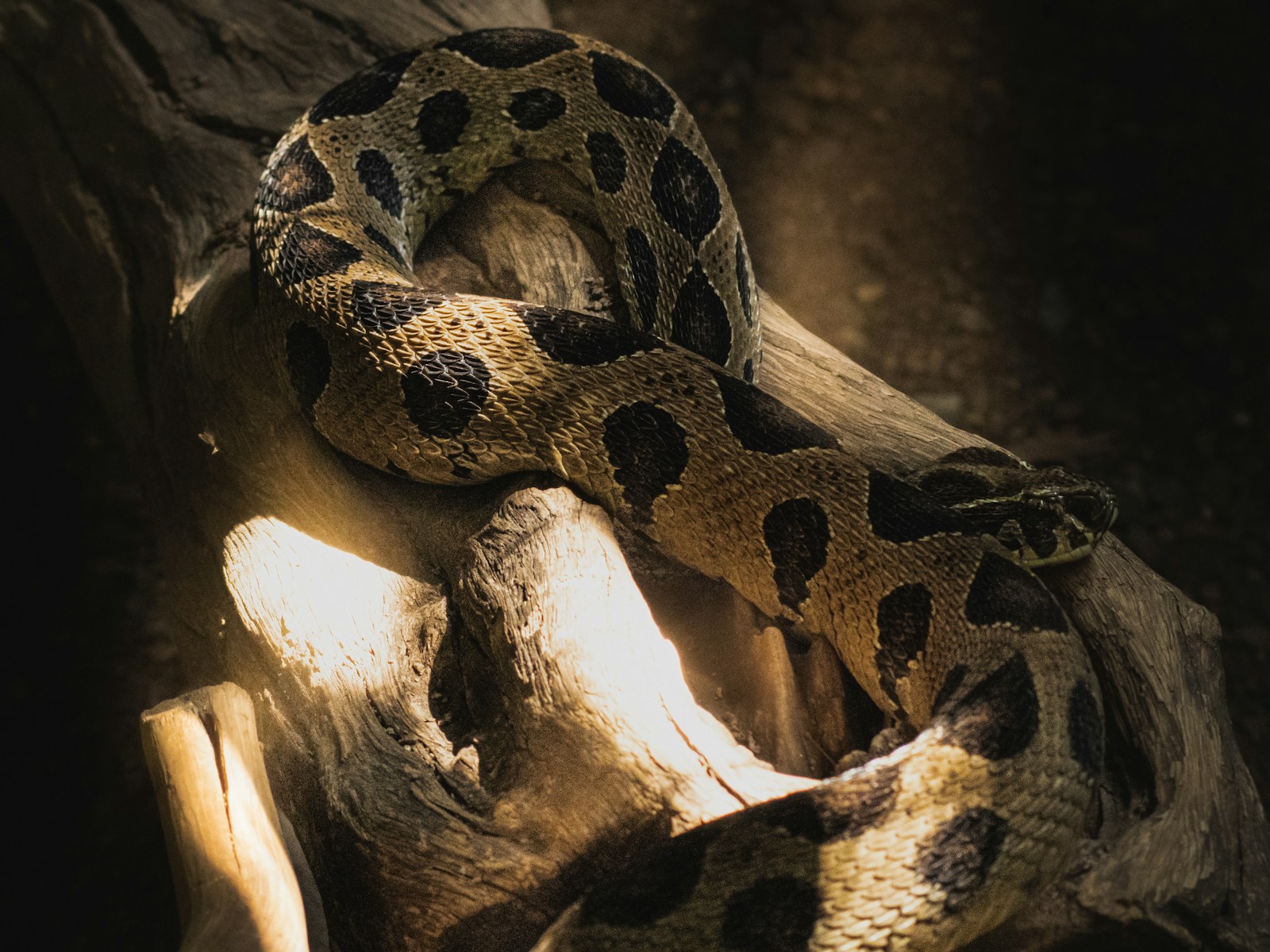
The primary targets of the spider-tailed viper’s deception are insectivorous birds, particularly those species that regularly hunt small invertebrates or feed on nestlings. Research has documented various bird species falling victim to this snake’s trickery, including warblers, flycatchers, and other small passerines that are common in its habitat. What makes this hunting strategy particularly effective is that it exploits the birds’ own predatory instincts—essentially turning the hunter into the hunted. Field studies have estimated that the success rate of this hunting technique can exceed 30%, which is remarkably high for a sit-and-wait predator. This efficiency is crucial for the snake’s survival, as the harsh desert environment where it lives offers limited prey opportunities, making each successful capture vital for sustaining the viper through long periods between meals.
Evolutionary Development

The evolution of the spider-tailed viper’s remarkable mimicry represents a fascinating case study in adaptive radiation. Scientists believe this specialized tail structure evolved gradually over millions of years through a process of natural selection. Initially, snakes with slightly enlarged tail scales may have accidentally attracted more prey, giving them a survival advantage that was passed to their offspring. Over countless generations, this trait would have become more pronounced as individuals with better mimicry captured more prey and produced more offspring. Comparative analysis with related viper species shows a potential evolutionary pathway, with some sharing slightly enlarged tail scales but nothing approaching the elaborate structure of P. urarachnoides. The fact that this adaptation appears in just one known species suggests it evolved in response to very specific ecological pressures unique to its habitat, highlighting how specialized adaptations can emerge in isolated populations facing distinct environmental challenges.
Scientific Studies and Documentation
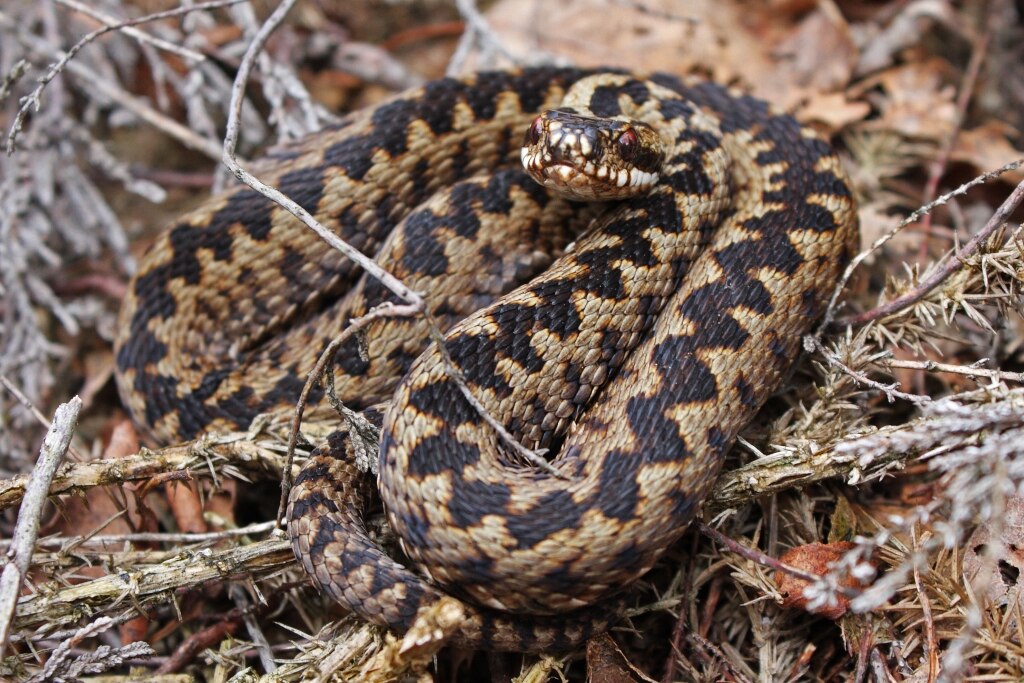
Since its formal scientific description, the Iranian spider-tailed viper has been the subject of several detailed studies aimed at understanding its unique adaptation. Researchers have employed high-definition video recordings to document the precise movements of the tail during hunting displays, analyzing the frequency and pattern of movements that most effectively attract birds. Controlled experiments have compared the response of potential prey to the actual tail versus models, confirming that both the visual appearance and movement patterns are crucial components of the deception. DNA analysis has helped place this specialized viper within its evolutionary context, allowing scientists to estimate when this remarkable adaptation might have first appeared. Field studies tracking individual snakes have revealed that they typically remain in a single hunting location for extended periods, sometimes waiting days for a successful strike, demonstrating the remarkable patience that complements their anatomical specialization.
Comparison with Other Mimicry in Nature
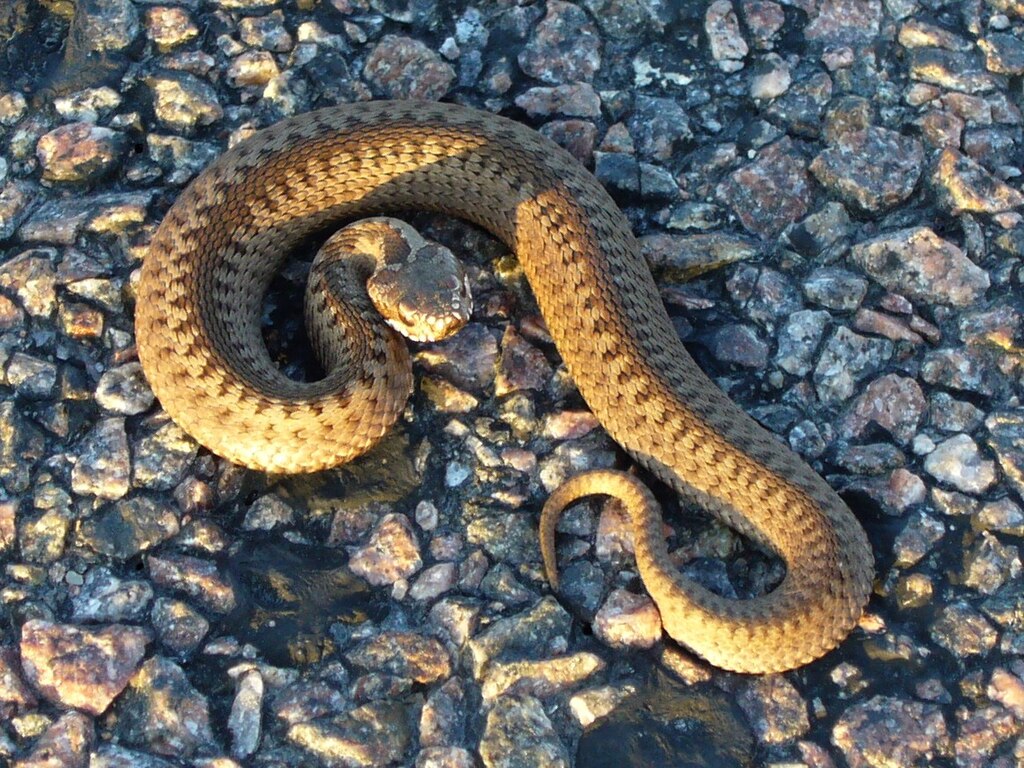
While many animals employ mimicry for defense or hunting, the spider-tailed viper’s strategy stands out for its complexity and specificity. Unlike simple warning coloration or general resemblance to environmental features, this viper has evolved both a specialized physical structure and accompanying behavior specifically to attract certain prey species. Similar luring techniques can be found in other predators, such as the alligator snapping turtle’s worm-like tongue appendage or the anglerfish’s bioluminescent lure, but few match the elaborate structural mimicry seen in this snake. The caudal luring behavior seen in some other vipers, where they wiggle their tails to attract prey, represents a simpler version of this strategy without the specialized anatomical modifications. What sets the spider-tailed viper apart is the remarkable resemblance its tail bears to an actual organism rather than just a generic food item, demonstrating convergent evolution toward similar deceptive strategies across vastly different animal groups.
Conservation Status and Threats
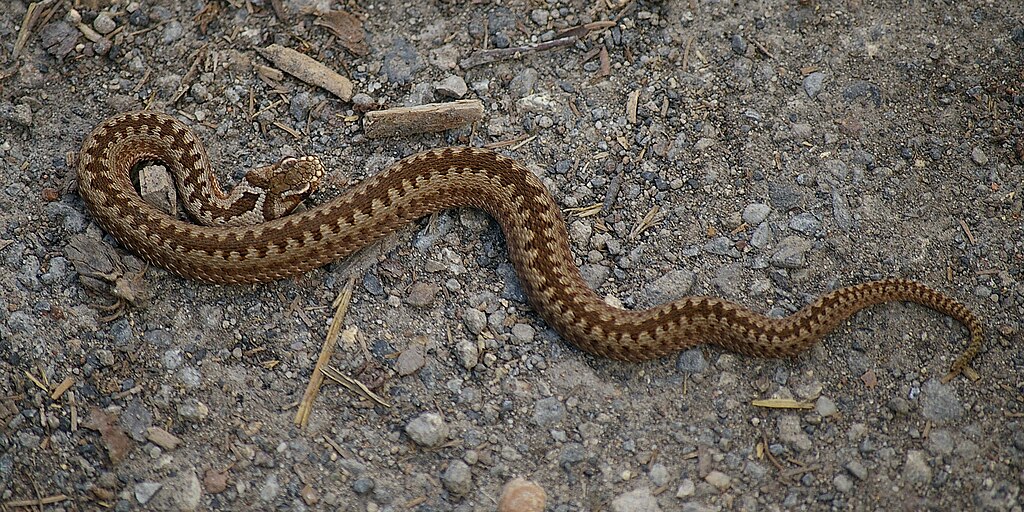
The Iranian spider-tailed viper currently lacks a formal conservation status assessment from the IUCN Red List, primarily due to limited data on its population size and distribution. The species appears to have a restricted range in western Iran, making it potentially vulnerable to habitat loss and climate change. Like many specialized predators, this viper likely exists in relatively low population densities, which could make recovery from any significant population decline challenging. Specific threats include limestone mining operations that destroy the rocky habitat these snakes depend on, along with potential collection for the illegal exotic pet trade due to the snake’s unique appearance. Traditional fear and persecution of venomous snakes in the region may also contribute to deliberate killing when encountered by humans. Conservation efforts are hampered by the remote and politically sensitive areas where these snakes are found, limiting opportunities for comprehensive population surveys.
Cultural Significance and Local Knowledge
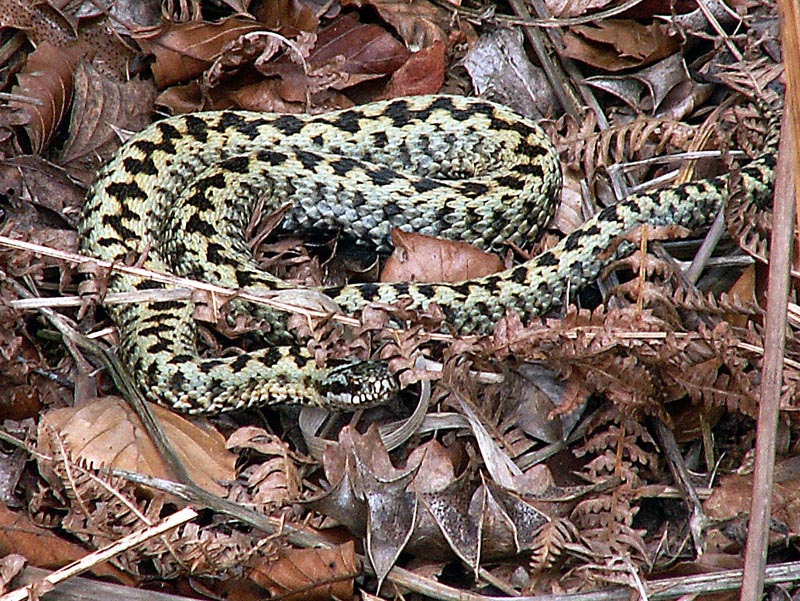
Before its formal scientific description, the spider-tailed viper was known to local people living in western Iran’s mountainous regions, who had developed their own understanding of this unusual snake. Traditional ecological knowledge included awareness of its dangerous venom and unique hunting strategy, with local names often referencing the strange tail. In some communities, folklore developed around the snake, sometimes describing it as possessing magical abilities or representing certain spiritual qualities due to its deceptive nature. Local hunters and shepherds learned to identify and avoid these vipers, passing knowledge down through generations about their habitats and behavior. This traditional knowledge eventually proved invaluable to scientists studying the species, as local guides helped researchers locate specimens in the challenging terrain where they live, demonstrating the important intersection between indigenous knowledge and formal scientific discovery.
Venom Properties and Medical Significance
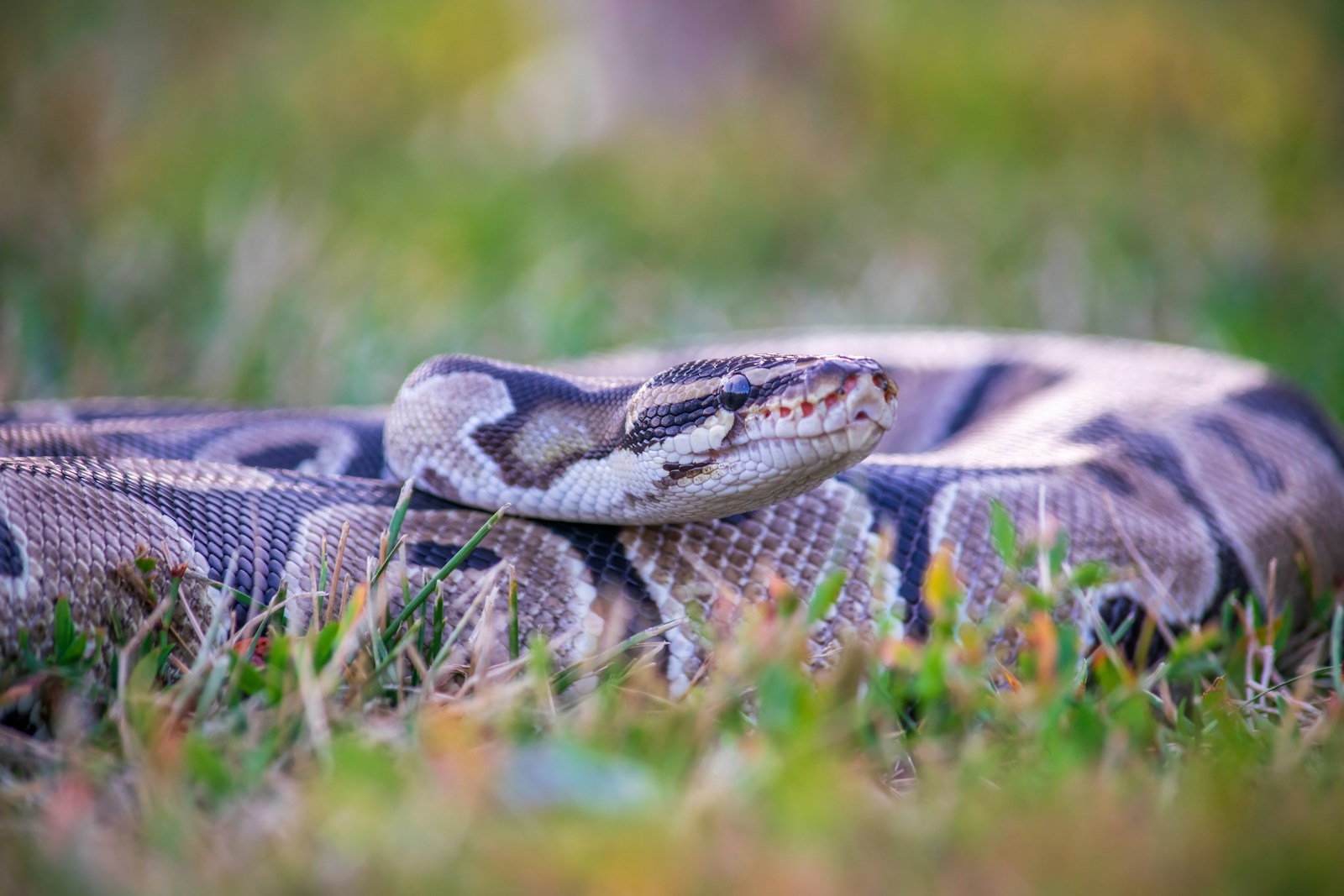
The Iranian spider-tailed viper possesses potent hemotoxic venom typical of many vipers, designed to quickly immobilize small prey and begin the digestive process. Laboratory analysis has revealed that this venom contains a complex mixture of proteins and enzymes that disrupt blood clotting and break down tissue, causing hemorrhaging and necrosis. While primarily evolved to subdue birds and small mammals, this venom can cause serious medical emergencies in humans, potentially leading to severe pain, swelling, bleeding disorders, and tissue damage if not treated promptly. Specific antivenom has been developed but may not be readily available in the remote regions where encounters might occur, making these snakes a significant medical concern for local communities and researchers working in their habitat. Despite these dangers, the venom holds potential for medical research, with several compounds being investigated for possible applications in treatments for blood clotting disorders and other conditions.
Similar Adaptations in Other Snake Species
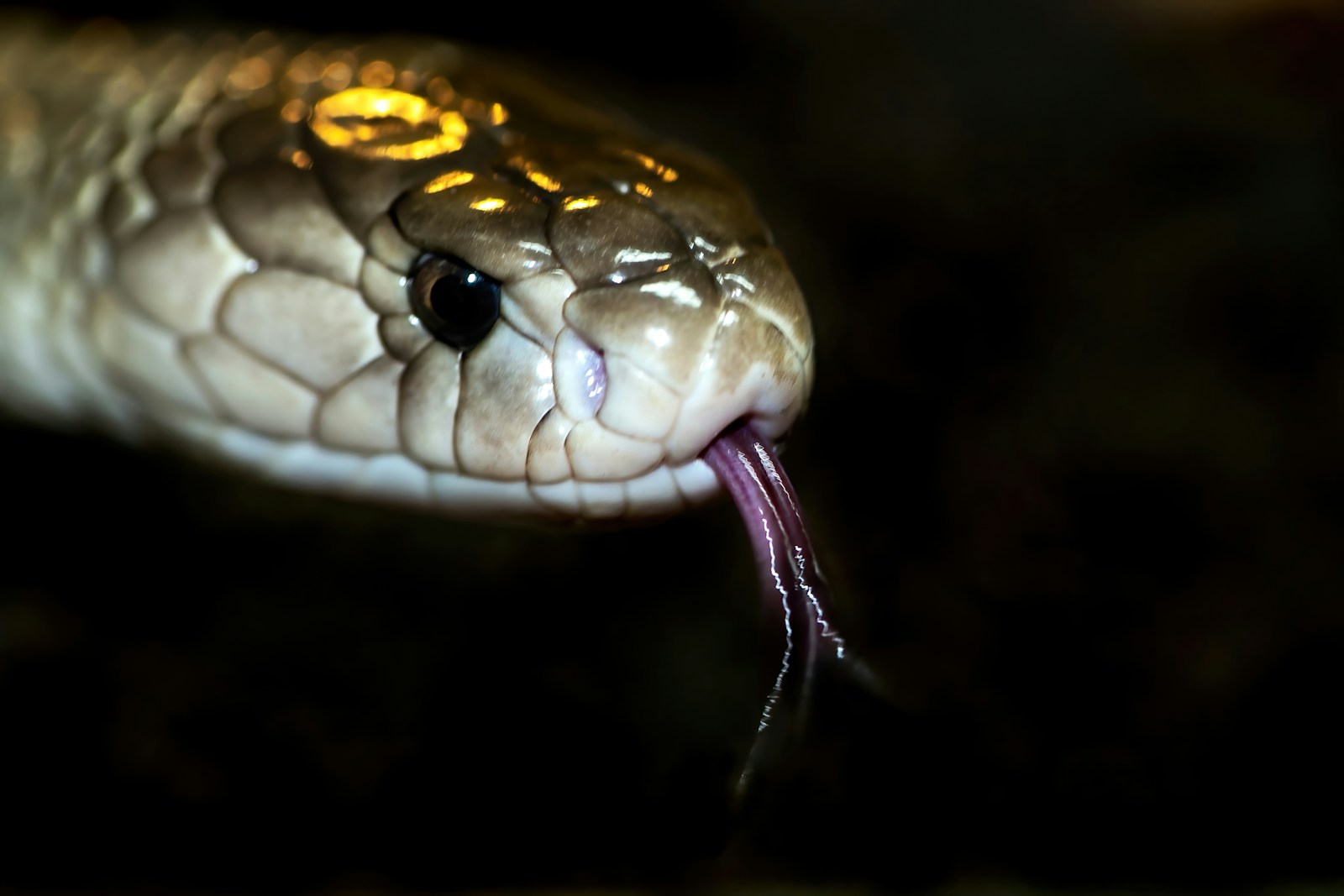
While the Iranian spider-tailed viper represents the most extreme example of caudal luring with specialized anatomical features, this hunting strategy appears in various forms across different snake lineages. Many juvenile vipers and some adults of other species employ a simpler form of caudal luring, where they wiggle their tail tips to attract curious prey, though without the elaborate structural modifications. The North American copperhead snake (Agkistrodon contortrix) is known to use its yellowish tail tip as a lure, particularly as juveniles hunting for frogs and lizards. Some non-venomous snakes like certain rat snakes also display similar behaviors. The death adder (Acanthophis spp.) of Australia and New Guinea represents another convergent evolution of this strategy, using its worm-like tail tip to attract small vertebrates. These examples across different snake families highlight how similar ecological pressures can drive the evolution of comparable hunting strategies even in distantly related species, though none have developed the extraordinary level of structural specialization seen in the Iranian spider-tailed viper.
Future Research Directions
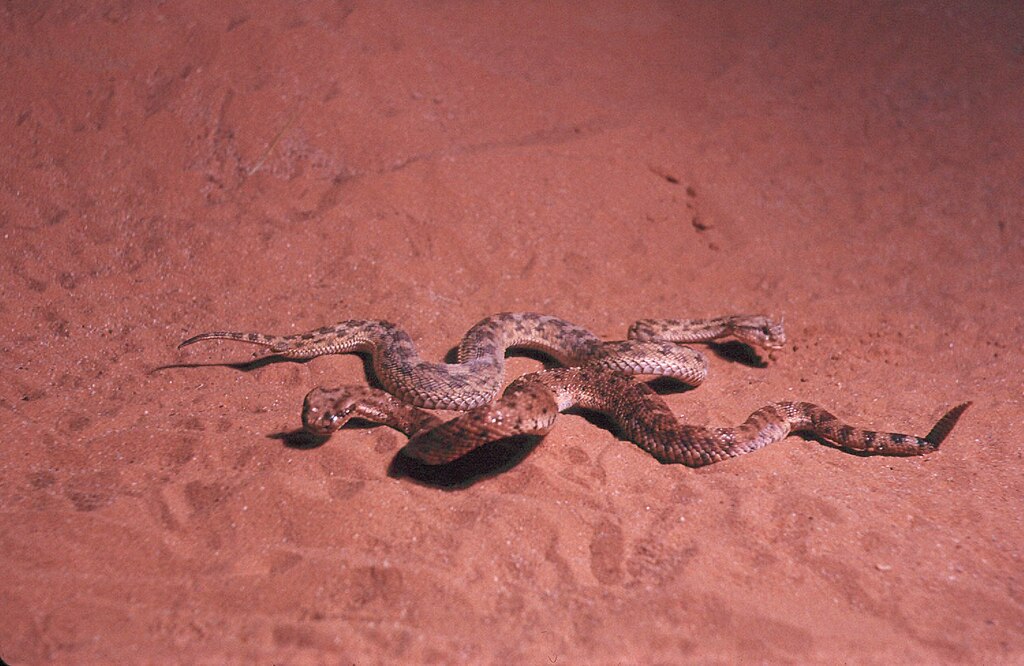
Despite the fascinating nature of the spider-tailed viper, much remains unknown about this remarkable species, creating rich opportunities for future scientific investigation. Researchers hope to conduct more comprehensive population surveys to determine its conservation status and total range, which may extend beyond currently documented areas. Detailed genetic studies could help reveal the evolutionary timeline and specific mutations that led to the development of its unique tail structure. Behavioral ecologists are particularly interested in studying whether there are variations in the tail-luring display between individual snakes and if they can adapt their mimicry to target different prey species under varying conditions. Long-term monitoring of individual snakes could provide insights into hunting success rates, growth patterns, and reproductive behaviors that remain poorly documented. Advanced imaging techniques might also be applied to better understand the internal anatomy of the specialized tail, potentially revealing additional adaptations not visible from external examination alone.
Conclusion

The Iranian spider-tailed viper represents one of nature’s most remarkable examples of evolutionary specialization for predation. Through the development of its bird-mimicking tail and accompanying behavioral displays, this snake demonstrates the extraordinary lengths to which natural selection can refine both anatomy and behavior to create effective survival strategies. As a relatively recent scientific discovery, it reminds us that even in our modern era of advanced exploration and documentation, nature still holds astonishing secrets. The spider-tailed viper not only fascinates with its deceptive hunting technique but also raises important questions about the conservation of highly specialized species in changing environments. As research continues, this remarkable snake will undoubtedly provide further insights into the complex and sometimes unsettling ways that predators and prey have co-evolved throughout natural history.





